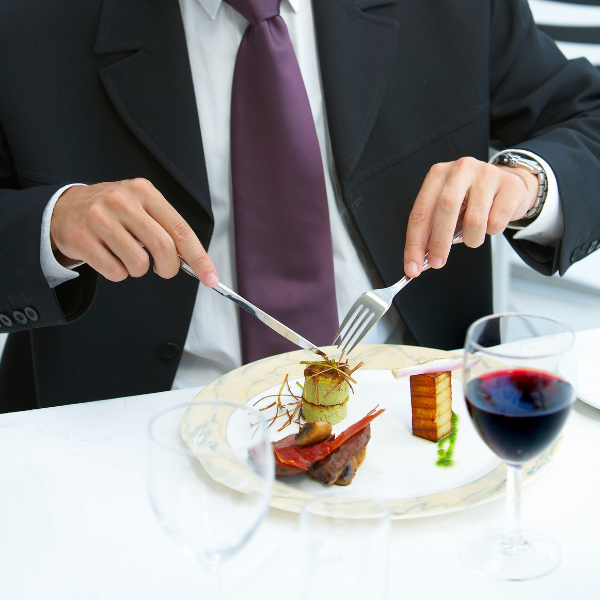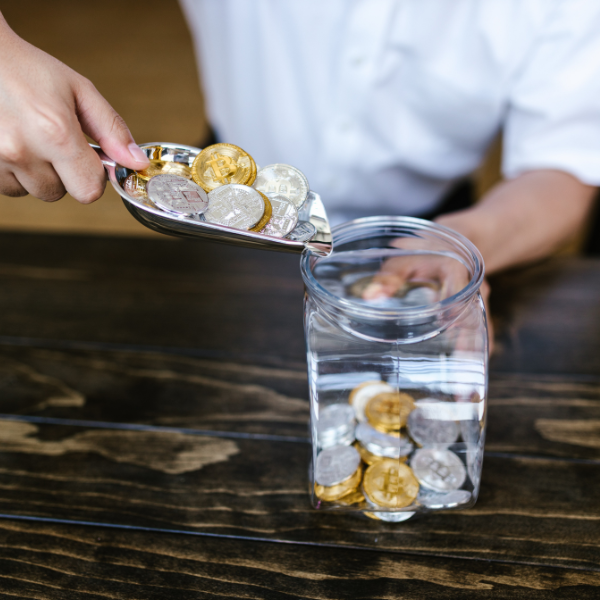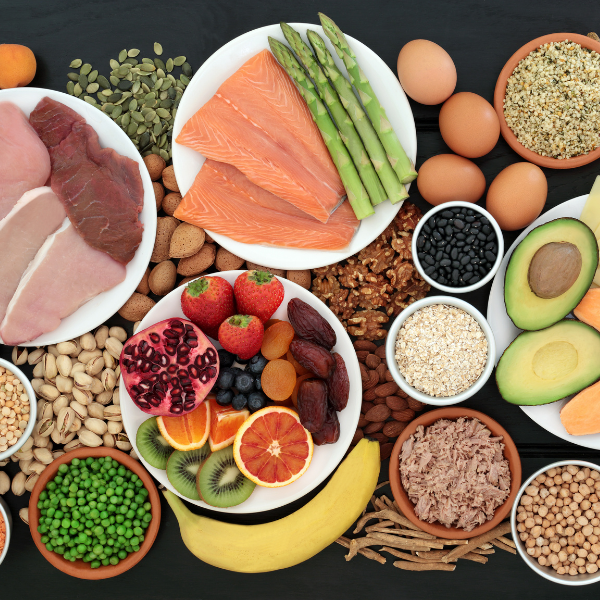Creating visually stunning and delicious baked goods is an art. One way to take your culinary creations to new heights is by decorating them with edible flowers. These flowers bring unique flavors and aesthetics to your dishes, transforming simple recipes into exquisite masterpieces. In this blog, we'll explore the fascinating world of edible flowers, how to use them in your bakery, and how to preserve them.
What Are Edible Flowers?
Edible flowers are certain flowers that are safe to eat and bring special flavors and appearances to your dishes. They come in various shapes, colors, and sizes, each with its own unique charm. But it's crucial to remember that not all flowers are edible, and some can be harmful. So, be cautious and get your edible flowers from trustworthy sources or grow your own if you're a gardening enthusiast.
The History Of Using Flowers In Culinary Arts
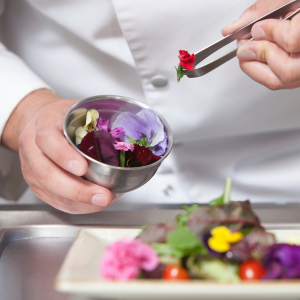
The use of flowers in culinary arts is not a recent phenomenon but a practice deeply rooted in history and culture. Across civilizations and centuries, various cultures have embraced the art of infusing floral flavors into their culinary traditions.
In ancient Rome, for instance, roses and violets were prized for their culinary applications, and they were often used to flavor dishes and desserts. Meanwhile, Chinese cuisine has a long history of incorporating flowers like chrysanthemums and osmanthus blossoms into teas and sweets.
During the Renaissance period in Europe, edible flowers symbolized opulence and refinement. Lavish banquets were adorned with floral arrangements, and petals were frequently used to infuse the flavors of dishes, adding an air of extravagance to the dining experience.
The Wonderful World Of Edible Flowers
Before we begin, it's crucial to ensure you're using edible flowers. Some flowers can be toxic, so always use flowers from a reputable supplier or grow without harmful pesticides. Let's explore different types of edible flowers that can be used in baking.
Roses
Roses are not just a symbol of love and beauty; their petals are edible and have a delicate, sweet taste. They are perfect for flavoring and garnishing cakes and cookies and even for making rose-infused simple syrups. Always remember to remove the base of the roses before use, as it can taste bitter.
Lavender
Lavender adds elegance and a pleasant aroma to your baked goods. The flowers can be used to create flavored sugars or to steep in cream before whipping it up for a cake frosting. It pairs well with lemon or honey in cakes, cookies, and macarons.
Pansies And Violas
Pansies and violas are delightful, tender flowers that add a pop of color and a mild, sweet flavor to your baked goods. Use them for adornment on cakes, cookies, and cupcakes, and incorporate them into your drink garnishes too.
Nasturtiums
Nasturtiums are not only visually appealing with their vibrant colors, but they also offer a peppery flavor, similar to arugula. The entire flower is edible, making them a versatile choice for both sweet and savory dishes. Try adding nasturtiums to salads, decorating cheesecakes, or even using them as a unique pizza topping.
Calendula
Calendula, also known as marigold, has bright orange and yellow petals with a slightly tangy flavor. These flowers can be used to enhance the color and taste of salads, butter, or spreads. Consider infusing calendula petals into oils or vinegar for a subtle floral note in your baking recipes.
Chamomile
Chamomile flowers have a mild, apple-like flavor and are often used to make calming teas. However, they can also be a delightful addition to desserts. Infuse chamomile into custards, syrups, or ice creams for a unique twist. Just be sure to use fresh, pesticide-free blooms.
Violets
Violets have a delicate, floral flavor and come in shades like purple, blue, and white. These edible flowers make charming decorations for cakes, cookies, and desserts. You can also crystallize violet petals with sugar for an elegant touch or infuse them into beverages for a fragrant and colorful drink.
Borage
Borage flowers, with their vibrant blue hue, have a mild cucumber-like taste. They can be used to garnish salads, desserts, and cold soups. Freeze borage flowers in ice cubes for a visually appealing addition to refreshing summer drinks.
When incorporating edible flowers into your baking, always start with small quantities to ensure the flavor doesn't overpower your dish. Experiment with different combinations to discover unique and delightful floral notes that elevate your culinary creations. Enjoy the wonderful world of edible flowers in your kitchen!
Methods Of Preserving Edible Flowers
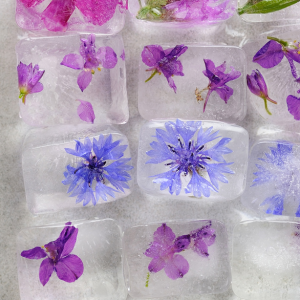
Preserving edible flowers introduces a spectrum of culinary possibilities, from the delicate sweetness of candied petals to the aromatic essence captured in infusions. Whether freezing blooms in ice cubes for decorative drinks or creating year-round flower preserves, these methods open a world of flavor and visual appeal beyond the blossoming season.
- Candying: Candying edible flowers is a delightful way to preserve them and create decorative embellishments for desserts. To candy flowers, brush them lightly with egg whites or a mixture of egg whites and water, then sprinkle them with superfine sugar. Allow the flowers to dry completely, and they can be stored in a cool, dry place in a single layer or between layers of parchment paper.
- Infusing: Preserve the essence of edible flowers by infusing them into various mediums like oils, vinegar, or syrups. Place cleaned and dried flowers in a clean, dry container and cover them with the liquid of your choice. Let the mixture sit for a few weeks, ensuring that the flowers are fully submerged. Strain out the flowers, and you'll be left with a fragrant, flavored liquid that can be used in cooking or as a finishing touch for your dishes.
- Freeze In Ice Cubes: Add a decorative touch to your beverages by freezing edible flowers in ice cubes. Place a single flower or petal in each compartment of an ice cube mold, fill it with water, and freeze. These floral ice cubes can be used in water, cocktails, or other refreshing drinks.
- Make Flower Preserves: Create flower preserves or jams by combining edible flowers with sugar and pectin. This method allows you to enjoy the floral flavors year-round. Follow a standard jam-making process, ensuring the flowers are evenly distributed in the mixture. Once the preserves are ready, store them in sterilized jars for long-term use.
Remember to label your preserved edible flowers with the type and date of preservation. Additionally, store them in airtight containers or jars in a cool, dark place to maintain their flavor and quality. Experiment with these preservation methods to extend the lifespan of your edible flowers and continue enjoying their beauty and taste beyond their blooming season.
Incorporating Edible Flowers Into Your Baked Goods
Once you've meticulously prepped and preserved your edible flowers, it's time to infuse your baked goods with their unique charm. However, it's crucial to exercise restraint, as flowers can pack a potent flavor punch. Less is often more, and a subtle touch of floral essence can elevate your delicious creations without overwhelming the palate.
Consider incorporating these delicate blossoms thoughtfully—whether folding petals into cake batters for a burst of color, infusing syrups into glazes for a sweet and fragrant note, or strategically placing whole blossoms as decorative elements on cupcakes and tarts. Additionally, experiment with finely chopped flowers in cookie dough or pastry fillings to introduce a delightful surprise in every bite. Remember, the key is balance, allowing the edible flowers to complement, rather than overpower, the flavors of your delectable baked treats.
Baking With Blossoms
Edible flowers can bring an unexpected and delightful twist to your baking repertoire. From enhancing the flavor and aesthetic of a dish to elevating presentation and creativity, these flowers can serve a variety of purposes. Just make sure to use them wisely and preserve them properly, and you'll be transforming every baked good into a blossoming work of art.


